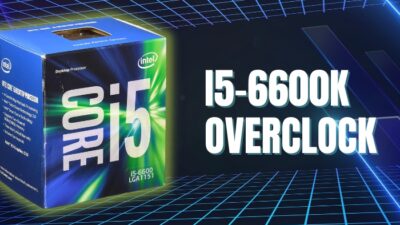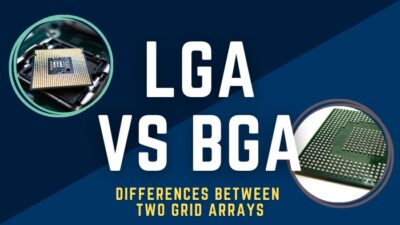The processor is an essential part of a PC. As a processor helps to transmit data, a computer cannot run any task without it. A computer processor or CPU can be classified on the type of its architecture, clock speed, cache range, and core counts.
I would like to introduce the types of processors based on their origin and performance types. Let us dive deeper into the article to learn more about the types of CPUs.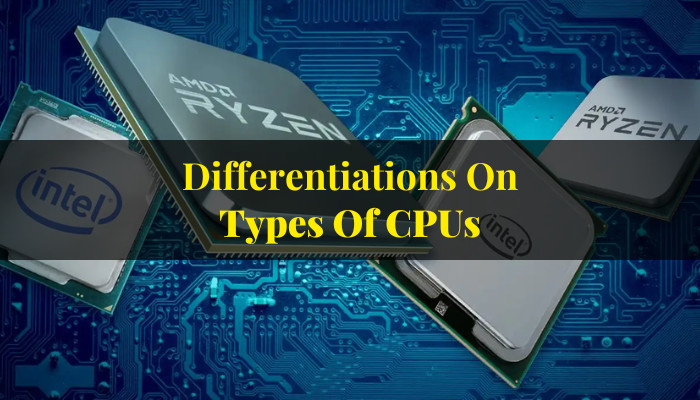
What is a CPU?
CPU is the short form for Central Processing Unit. A computer is incomplete and will not function without a CPU chip. Mainly there are three units in the CPU which are the arithmetic and logic unit (ALU), the main storage, and the control unit.
Every CPU has a particular wire that turns on and off at a steady rate to help keep everything in the sink. That wire is called the clock. Modern CPUs are measured in gigahertz on the basis of clock speed. Giga means a billion, and hertz means times per second.
So the clock in modern CPUs turns on several billion times per second. And that allows the CPUs to perform fundamental arithmetic logic, input, and output operations.
The control unit is the main unit of the CPU, which is like the captain of the army. It receives the information from the RAM and processes the information through ALU. There are other registers and bus systems to run the whole process of delivering the output.
Read more on how to fix CPU cooler not lighting up.
Types of CPU based on Platform
Different types of CPUs are performed on platforms depending on their usability with function compatibility. Mainstream desktops have different CPU types, whereas laptops and mobile devices are using more power-efficient mini chipsets.
Let us go through the platforms in which different types of CPUs are being used.
Here are the platforms that can be measured to define a variety of CPUs:
1. Mainstream desktop
Mainstream CPUs consume considerably more power and functionality. The most recent and powerful mainstream processors are the AMDs Ryzen 7000 series and Intel’s 13th generation chipset.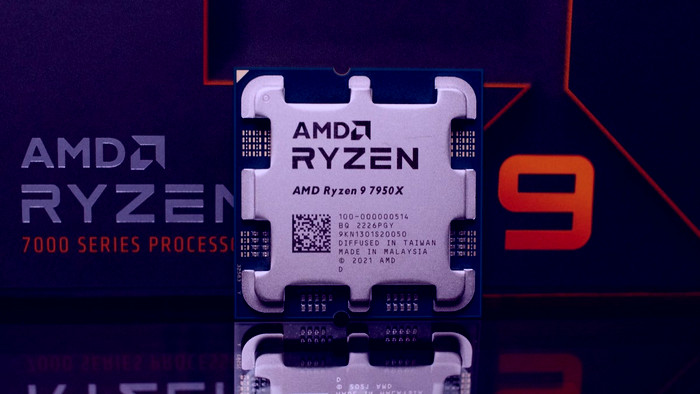 Ryzen’s 7000 series are the latest chips that use zen 4 architecture and have a new AM5 socket. These processors are compatible with both gaming and work with higher performance. Following that, intel launched their ‘Raptor Lake’ 13th gen chipset. These processors support DDR4 up to 3200 and DDR5 up to 5600.
Ryzen’s 7000 series are the latest chips that use zen 4 architecture and have a new AM5 socket. These processors are compatible with both gaming and work with higher performance. Following that, intel launched their ‘Raptor Lake’ 13th gen chipset. These processors support DDR4 up to 3200 and DDR5 up to 5600.
2. Laptop/mobile CPU
Laptop and mobile devices are generally based on ARM processors, which are more power-efficient and minimized versions of mainstream desktops.
The H series of processors used in laptops emphasizes broad memory support to enable a range of form factors and power targets. Whereas, HX- series puts a laser focus aimed at maximizing bandwidth to all P and E cores. HX was produced by AMD and now Intel has also manufactured the HX series with an improvement in turbo frequency.
Also, related to this guide on how to fix CPU temperature jumping up and down.
3. HEDT
HEDT (High-end desktops) can produce good productivity and an overclocking experience in heavy liftings such as medical applications, solid works, and enterprise-grade 3D applications.
The AMD Thread rippers are a series of high-core microprocessors that can deliver high performance and greater efficiency at a higher clock speed. Intel’s core i9 11900K has a base clock speed of 3.5 GHz to 5.2 GHz of maximum turbo frequency. It has eight cores and sixteen threads or PCIe Lances.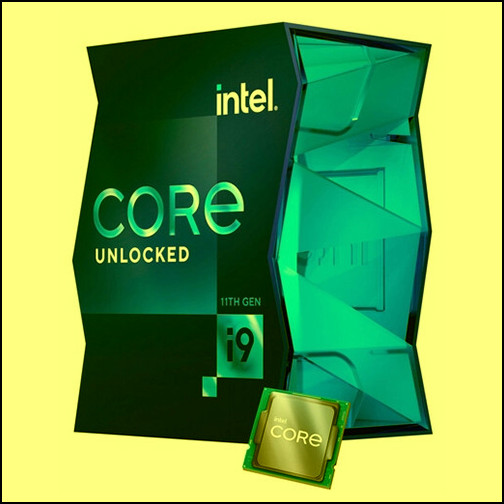
4. Server CPU
Servers like huge companies with enormous audiences use high-performance chipsets with core counts up to 264. These types of chips are generally used to handle a huge data set of authorized users like Coresite, China Unicom, Verizon, China Telecom, Telehouse/KDDI, Cyxtera Technologies, Amazon Web Services, and others.
Xenon is based on x86-based microprocessor architecture, targeted to embedded system markets, and workstations, and It is produced by Intel. Whereas Epyc is manufactured on AMD’s Zen microarchitecture which is also compatible with handling cloud-native applications.
Here’s a complete guide on how to CPU fan not detected in BIOS.
Classifying the CPUs According to Architecture
ARM is mainly structured on RISC (Reduced Instruction Set Computing), while x86 is based on CISC (Complex Instruction Set Computing). x86 and x64 offer more instructions to execute multiple operations, leading to better performance. More power consumes while decoding complex instructions.
Here are the two types of CPUs based on their architecture:
1. x86 (32-bit) Based Processors
x86 is a term used to describe a CPU instruction set compatible with the intel 8086 and its successors. The first processors were named 8086(16bit), 80186(16bit), 80286(16bit), 80386(32bit), and 80486(32bit) processors, that’s why it was called x86, and it started with an 8-bit instruction set(8085), but then grew to 16-bit and 32-bit.
X86 is based on 32-bit instruction. This means it can access 232 or 4,294,967,296 (Four billion, two hundred ninety-four million, nine hundred sixty-seven thousand, two hundred ninety-six) different memory addresses.
Even If you have 4GB RAM, a 32-bit system can assess you to use 3.2 GB of RAM.
● Intel (Integrated Electronics)
x86 structure was developed by Intel Corporation. In 1978 Intel released the 8086 microprocessor chip based on their x86 architectures. This architecture is an ISA (Instruction Set Architecture) based series.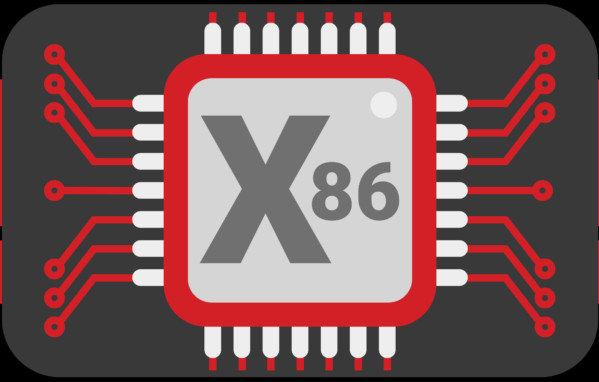
Here is the list of processors that intel manufactures:
16-bit
- 8086
- 8088
- 80186
- 80286
32-bit Intel
- i386 (80386)
- i486 (80486)
- Pentium
- Pentium Pro
- Pentium 2 (or II)
- Pentium 3 (or III)
- Older versions of the Pentium 4
- Pentium M
- Core
- Older Xeon
- Mobile versions of Intel Atom
- Older Celeron
These are the common x64-x86 CPUs that Intel supplies.
Also, check out our separate post on can you return a CPU with bent pins.
● AMD (Advanced Micro Devices)
In 1984 AMD was allowed to produce x86 with intel based on a technology exchange agreement. AMD became a large supplier of x86 processors. Its x86-compatible computers are built based on x86 architecture. 32-bit AMD processors operate systems and software work with data units that are 32-bits.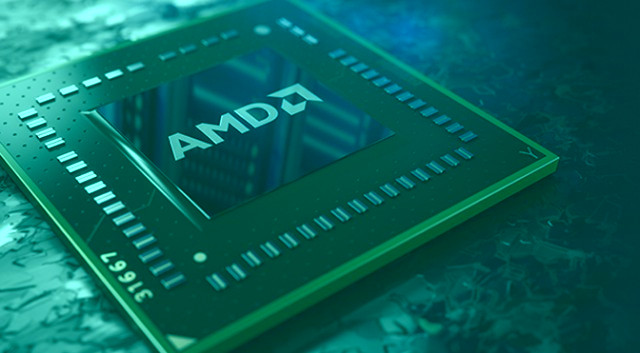
Here is the list of processors that AMD manufactures:
32-bit AMD
- AMD386
- K6/K6-II/K6-III
- Am5x86-P75 (actually a 486 CPU)
- K5
- Athlon
- Athlon XP
- AMD486
- Duron
- Sempron
- Geode
- AMD586
These are the x86 processors that AMD supplies.
2. AMD64 (64-bit)
Intel and AMD’s x86 processors are more powerful and can consume more power as it holds 64 registers or ways to handle tasks. A 64-bit processor is more capable than a 32-bit processor because it can control more data at once. This CPU enables its users to store up to 17 Billion GB of RAM.
X64 is based on 64-bit instruction. This means it can access 264 or 18,446,744,073,709,551,616 (Eighteen quintillions, four hundred and forty-six quadrillion, seven hundred and forty-four trillion, seventy-three billion, seven hundred and nine million, five hundred and fifty one thousand, six hundred and sixteen) different memory addresses.
AMD was the first to invent a 64-bit system, that’s why it is called AMD64. Later Intel decided to follow the same design while working on Itanium (A discontinued family of 64-bit Intel microprocessors that implement the Intel Itanium architecture).
64-bit AMD
- Opteron
- Ryzen
- Epyc
- Athlon 64
- FX
- Phenom 2
- APU A4/A6/A8/A10/A12
- APU Athlon
- APU Sempron
- Sempron
- Phenom
64-bit Intel
- Newer Prescott Pentium 4
- Pentium D
- Core 2
- Core i3, i5, i7, and i9
- Newer Atom
- Pentium dual-core
- Newer Celeron
- Newer Xeon
These are the 64-bit processors that are produced by AMD and Intel.
3. ARM CPUs
ARM declared that more than 95 percent of smartphones are based on ARM’s microprocessors. ARM processors are specially used in the customer’s electronic devices such as mobile phones, smart TVs, etc. These devices nowadays are developed and written to work well on ARM because these devices run ARM.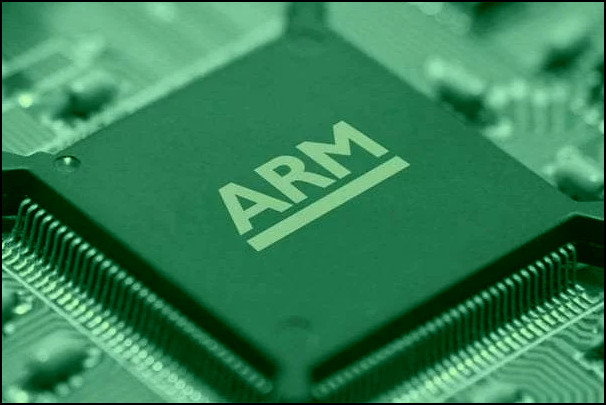
Here are some CPUs types based on the manufacturing terms of ARM:
- Apple silicon
- Kirin
- Exynos
- Uni-soc
- Google Tensor
- Amlogic (smart TV)
- MediaTek
- Snapdragon
Classifying the CPU According to the Core Count
A core is a single processing unit, where two or dual-core has two processing units. Multiple cores in a processor have multiple processing units, where the clock speed measured in hertz can act the same for each core. If a Hexa core CPU chip contains 3.0 GHz, then each core is worthy of producing 3.0 GHz of performance per second.
Most users have 2 or 4 cores on their processors, but more advanced tasks like video editing, data analysis, and multitasking require six-core or Hexa-core processors.
Based on core cunt, we can classify processors in several sectors, which are:
- Singel-Core processor with a single core.
- Dual-Core processor with two cores.
- Quad-Core processor with three cores.
- Hexa-Core processor with six cores.
- Octa-Core processors with eight cores.
- Deca-Core processors with ten cores.
There are 12 to 264 core processors that have been invented. These processors are more advanced and can also be helpful to cloud-native applications.
Related content you should read on how to fix CPU cooler not screwing.
Different types of CPUs based on Clock Speed
Every CPU has a particular wire that turns on and off at a steady rate to help keep everything in the sink. That wire is called the clock. The speed at which a processor executes operations is called clock speed.
The measurements of hertz are defined in three ways,
- Kilohertz
- Megahertz
- Gigahertz
A processor with one kilohertz can produce one thousand cycles per second, whereas one megahertz can produce one million hertz and one gigahertz can produce one billion.
Nowadays, we can see huge growth in the hertz processing of modern CPUs. 3 Gigahertz is a common clock speed in most computers, which is approximately three billion cycles per second.
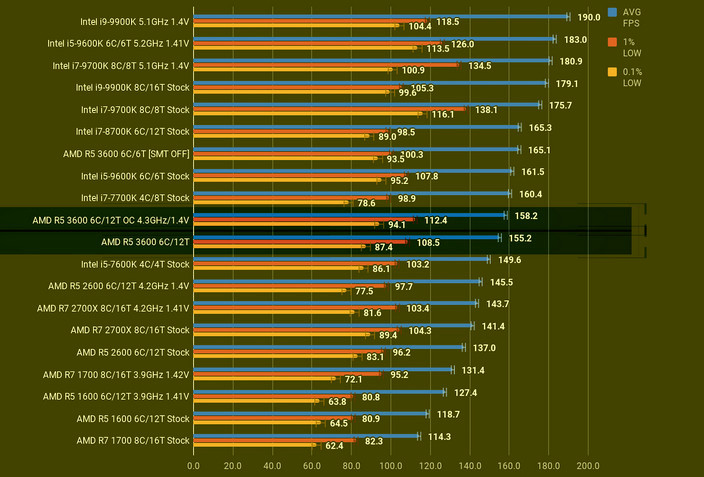
FAQs
Can I run a 32-bit application on 64-bit windows?
You can also run a 32-bit application on a 64-bit version of windows easily nowadays in modern computers.
What are the 5 types of processors?
The five types of general processors are Microcontroller, Microprocessor, Embedded Processor, DSP, and Media Processor.
How to check if I have a 4-core CPU?
Press Ctrl+Shift+Esc to open the task manager > Select the performance> check how many logical processors are there on your PC.
What are the three main functions of the CPU?
There are four primary functions in a processor which are fetch, decode, execute and write back.
Final Thought
Processors can be differentiated depending on a variety of architecture and platforms. Depending on the variety and rapid development in computer technology, we are getting more advanced. Now have a bigger field to access.
Whether it’s an x86 or ARM-based processor, the type of CPU can vary depending on its manufacturers such as Intel, AMD, Apple Silicon, Snapdragon, etc. Leave a comment below if you have any questions on your mind.

